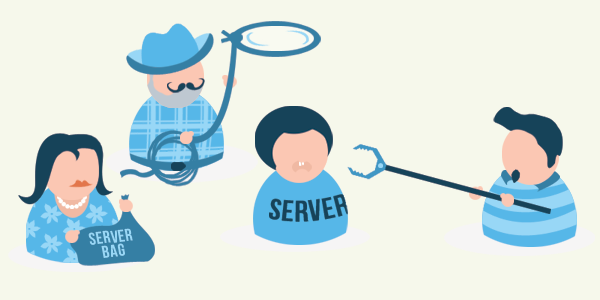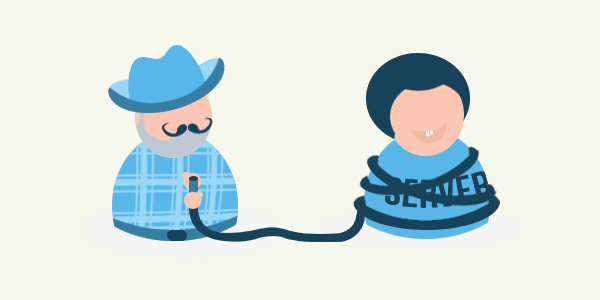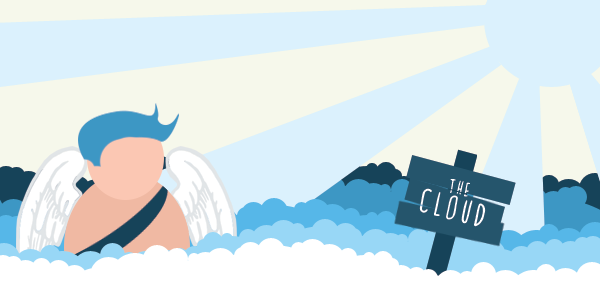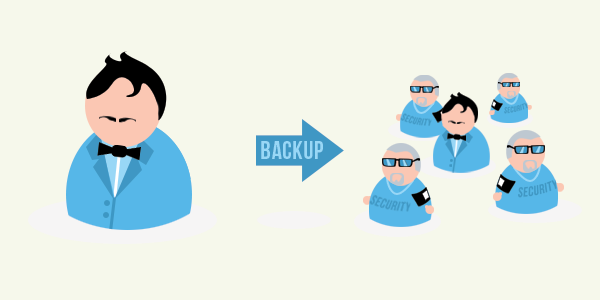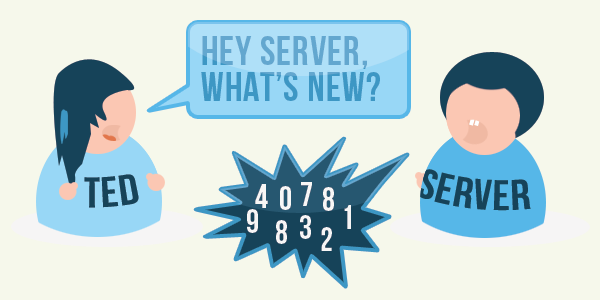Posted On:
The demystification of Web Hosting terminologies

There have been a plethora of times when we have spoken to clients about the subject of web hosting and domain registration. Instantly the expression on a client’s face drops like they’ve seen a ghost!
Let’s get back to basics, shall we? Web hosting and domain registration can seem daunting, but once you have the foundations under your belt, you will find yourself in good stead for developing your technical knowledge; with the added bonus of increasing your understanding of the Internet and its infrastructure.
What is Web Hosting?
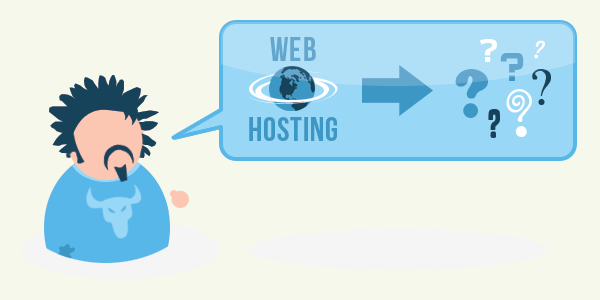
Web hosting is a process that allows your website to be visible and accessible on the Internet. Web hosting is a way of effectively selling individuals or companies’ storage space within the chosen provider’s servers. Web hosting companies such as Rackspace, provide a multitude of services such as shared servers, dedicated servers, cloud hosting and much more. Rackspace is one of the leading web hosting providers across the globe and have been a #1 provider for 3 consecutive years running!
What is Shared Hosting?
So now that we have Web Hosting covered above, we can delve a little deeper into the different areas of server types.
The most common form of server type, which the majority of people starting out may have heard before, is called “Shared Hosting”. Shared hosting does exactly what it says on the tin. It is a way of allowing several individuals or businesses to run their websites on the same server. As an example, a server could be split into 100 partitions, which would allow 100 different companies to use one server, which in turn allows for reduced costs across the board.
Shared hosting is best suited for personal, small and medium-sized businesses, so long as their hosting needs fit within the parameters of a small business. If a website within the shared server begins to gain traction with increased traffic, then issues can arise for the other individuals on the server. Consequences of this can include potential downtime, reduced speed and other factors.
What is Dedicated Hosting?
Let us move swiftly on to Dedicated Hosting packages. This is a dedicated service for you and/or your business. You lease a server, which is just for you and no one else. This system has multiple benefits, but does come with an increased premium, as you would probably expect.
So what are the benefits I hear you ask? With a dedicated hosting package you obtain – A) a dedicated server and system. B) Full control over the server, along with whatever upgrades or software you need installed. C) No downtime at all, with the caveat that not all hosting companies promise 100% uptime.
What is Cloud Hosting?
Cloud Hosting is one of the latest forms of hosting to hit the market. This has proven to be very popular with medium and large enterprises that want a ‘pay as you go’ type package. They provide a reliable service which splits content across multiple web servers and only renders requests on an ‘as per needed’ basis.
Another great aspect of Cloud Hosting is that if your traffic peaks, latency (data) loads can be pushed across multiple web servers. If you were running a shared or dedicated server you would probably at some point find that you need to upgrade the systems in place, or inevitably look at Cloud Hosting further down the line.
What is a Backup?
Hold your horses a moment. It’s not a set of bodyguards that follow you down the street, always walking 2 meters behind or 2 meters in front. It’s something a little more special and precious.
A backup is a time-configured process in which your hosting company runs a script. This provides a backup of all, or selected sections, of your data on the server. The great things about Backups are that you have a file of data, which can be restored at any time by yourself, or the guys at the hosting company. A must for any website!
What is DNS?
DNS = Domain Name System. The DNS is a standardised protocol on the Internet by which website names chosen by users, such as wearethunderbolt.com or ted.com, are then understood by computers and infrastructures.
The DNS would read mashable.com as an IP address such as 000.09.89.001.1 and yet we have the simple delight of simply typing www.mashable.com into the URL bar.
————————————————————————————————————————————————-
If you would like to view or download the full infographic click here
————————————————————————————————————————————————-
